Tariffs'Triple Impact: Inflation, Persistence, and Expectations Under Scrutiny
The evolving U.S. trade stance—marked by staggered tariff hikes, temporary suspensions, and legal challenges—has become a pivotal structural shift shaping both American and global economic outlooks. At the Bank of Korea's “Structural Shifts and Monetary Policy” conference on June 1, 2025, Federal Reserve Governor Christopher J. Waller dissected how these trade measures influence three facets of price dynamics: the immediate inflation impulse, its persistence, and the divergence in inflation expectations.
Governor Waller framed his analysis around two tariff‐scenario benchmarks. The large‐tariff scenario, with an average trade‐weighted rate of 25%, could push headline PCE inflation toward 5% annualized if fully passed through to consumers, or to roughly 4% if firms absorb part of the cost. Under this scenario, he projects the U.S. unemployment rate rising from roughly 4.2% to about 5% next year. In contrast, a smaller‐tariff scenario—holding average tariffs at 10% while negotiating down higher, targeted levies—would likely lift inflation to near 3% before it recedes, with only a modest uptick in unemployment.

Recent developments—a temporary reduction in China tariffs, legal rulings invalidating a significant share of levies, and ongoing signals of further industry‐specific measures—place the current U.S. trade‐weighted tariff around 15%. Waller deems this mid‐point as his best estimate, noting continued uncertainty about the ultimate level and duration of these duties.
Despite this policy whipsaw, “hard data” through April remain broadly supportive of the FOMC's goals. Consumer spending and business outlays grew at a healthy clip, even as headline GDP edged lower in Q1. “Soft” indicators—surveys of households and firms—signal heightened uncertainty and an anticipated slowdown, suggesting that tariff‐driven cost pressures could materialize more visibly in activity and price measures over the coming months.
A closer look at the inflation outlook reveals that PCE inflation has resumed its descent toward 2% following the usual post‐winter uptick. Core PCE inflation was just 0.1% in April—leaving core at 2.5% year-on-year—before accounting for any tariff effects. Yet Waller anticipates that higher import duties will raise headline inflation in H2 2025, with the magnitude hinging on pass-through rates. If duties settle near 10% and are split evenly—one-third borne by exporters, importers, and consumers—the tariff shock could add approximately 0.3 percentage points to inflation for a brief period. Higher or more concentrated levies could amplify this effect.
Turning to inflation persistence, Waller argued that tariff‐induced price jumps should be transitory. Unlike the pandemic era—when labor‐market disruptions, protracted supply‐chain bottlenecks, and massive fiscal stimulus combined to entrench higher inflation—today’s conditions are markedly different. Labor supply is robust, monetary policy is restrictive (with the fed funds rate above 4% and a balance sheet reduced by over $2 trillion), and there is little evidence of sustained supply‐chain breakdowns due to trade measures. Thus, he expects prices to spike but then revert to underlying trends as duties remain stable or are negotiated lower.
Finally, the speech addressed the growing disconnect in inflation expectations. University of Michigan surveys put household short- and medium-term inflation forecasts at 6.6% and 4.2%, respectively, yet market‐based measures—such as TIPS break evens—hover near 2.5%, and professional forecasters project long-run inflation close to the Fed’s 2% target. Waller favors the market and expert views over consumer surveys, reasoning that investors and professional forecasters have real financial stakes in their projections. While elevated household expectations could, in theory, fuel a wage-price spiral, current labor data show moderating wage growth and a balanced job market—suggesting limited second-round effects from consumer survey readings.
In sum, Governor Waller endorses “looking through” the near-term tariff shock when setting monetary policy, provided longer-term expectations remain anchored. Barring unexpected adverse developments in trade negotiations or labor markets, he sees scope for “good news” rate cuts later in 2025 as underlying inflation continues its gradual decline toward 2% and the employment backdrop remains solid.
The views expressed in this article are those of the author and do not necessarily reflect those of the UDF Space.









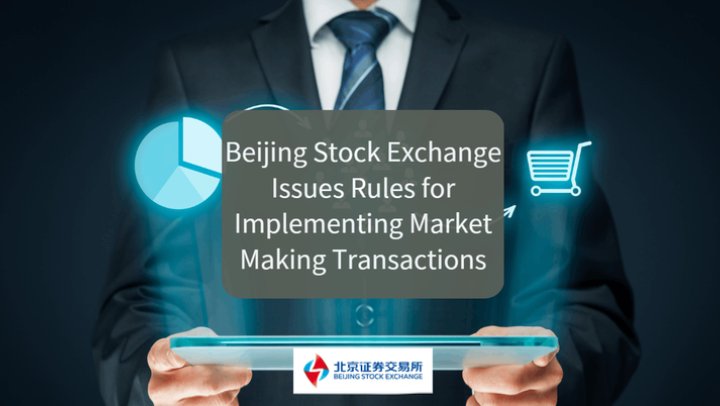
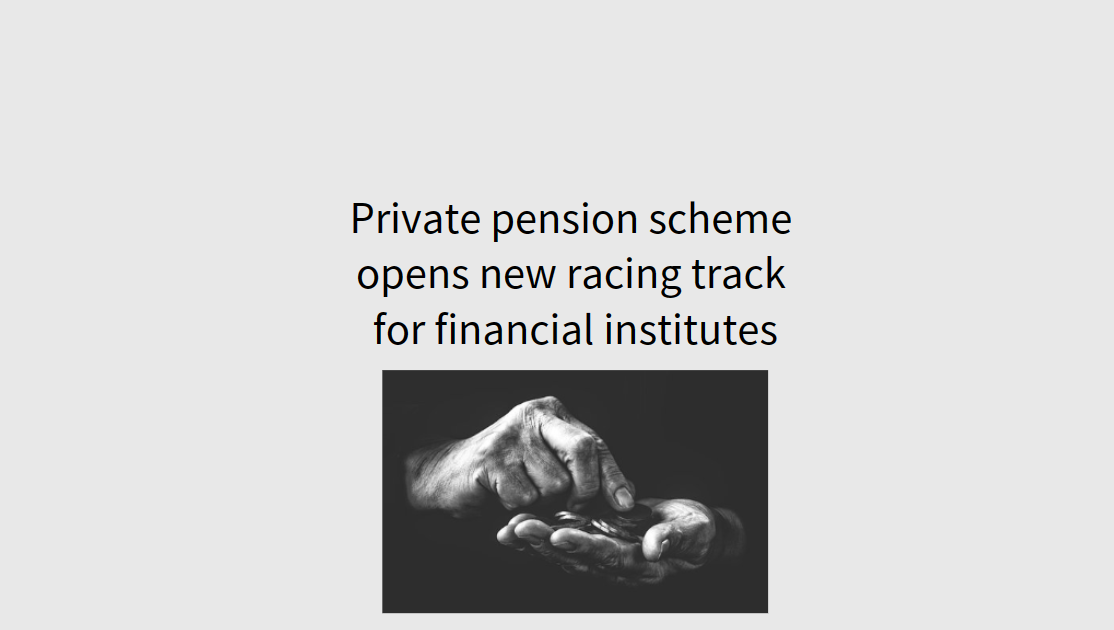


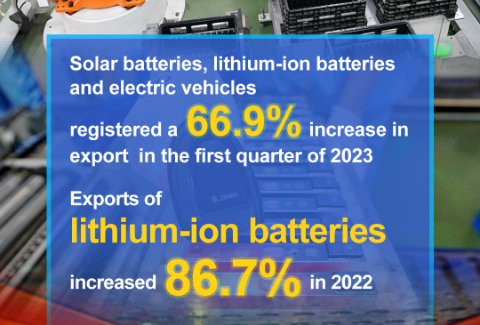
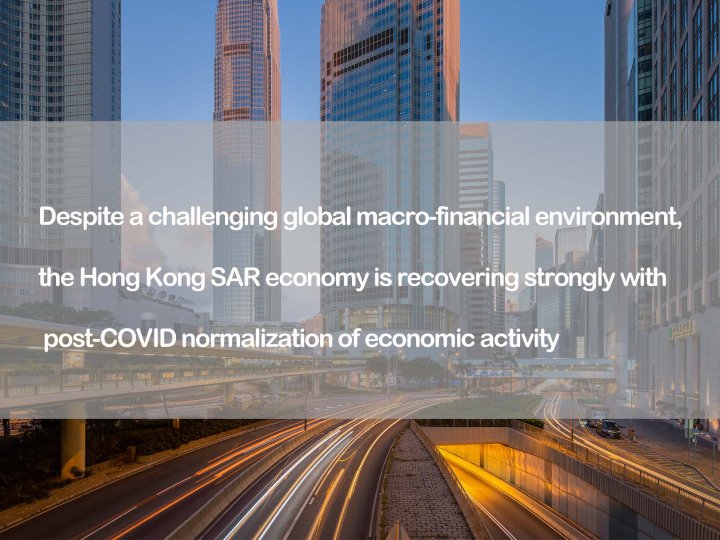
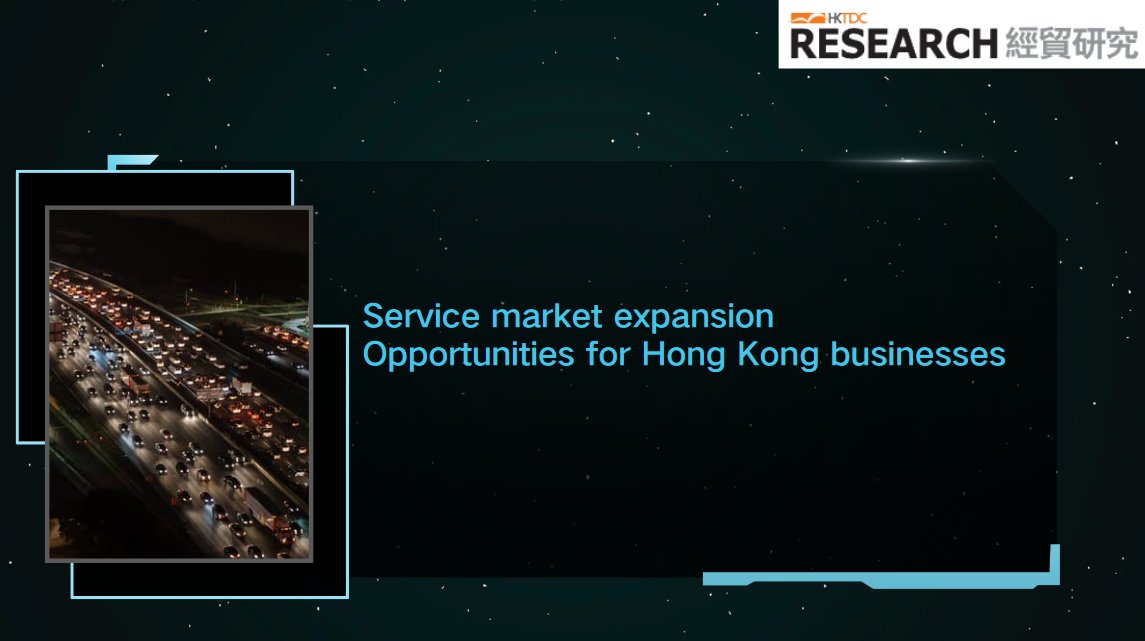

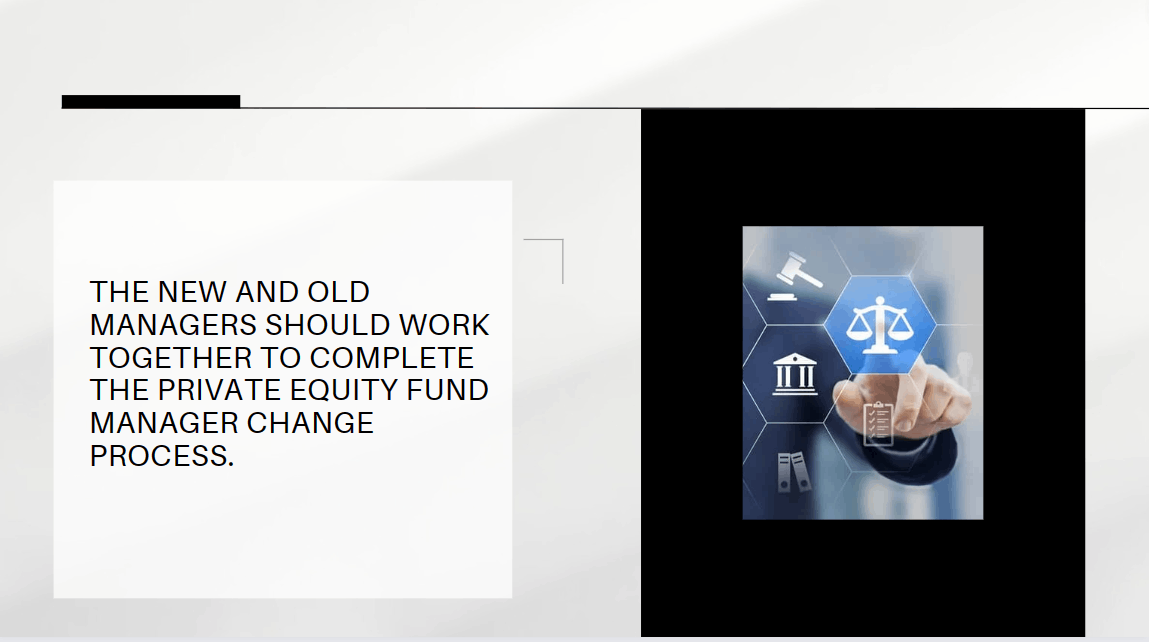
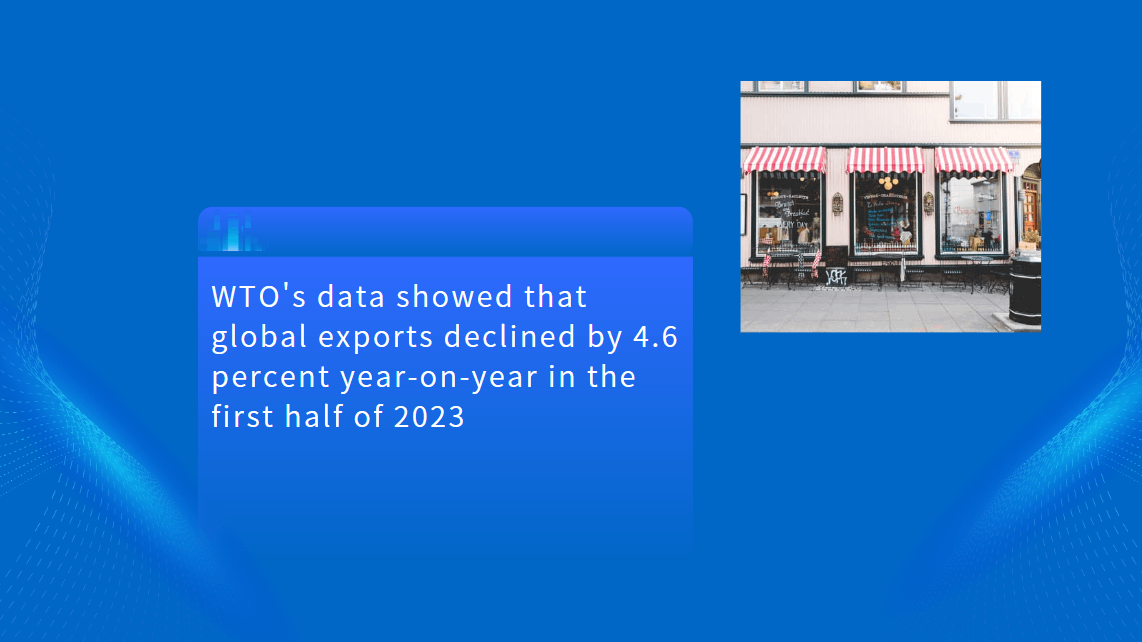
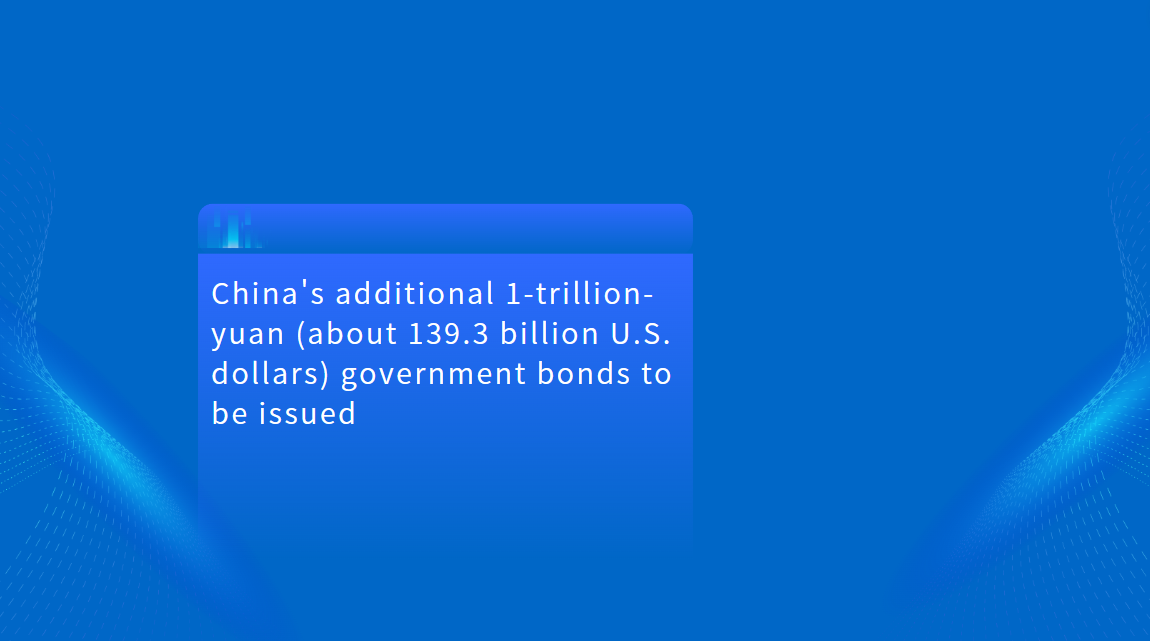
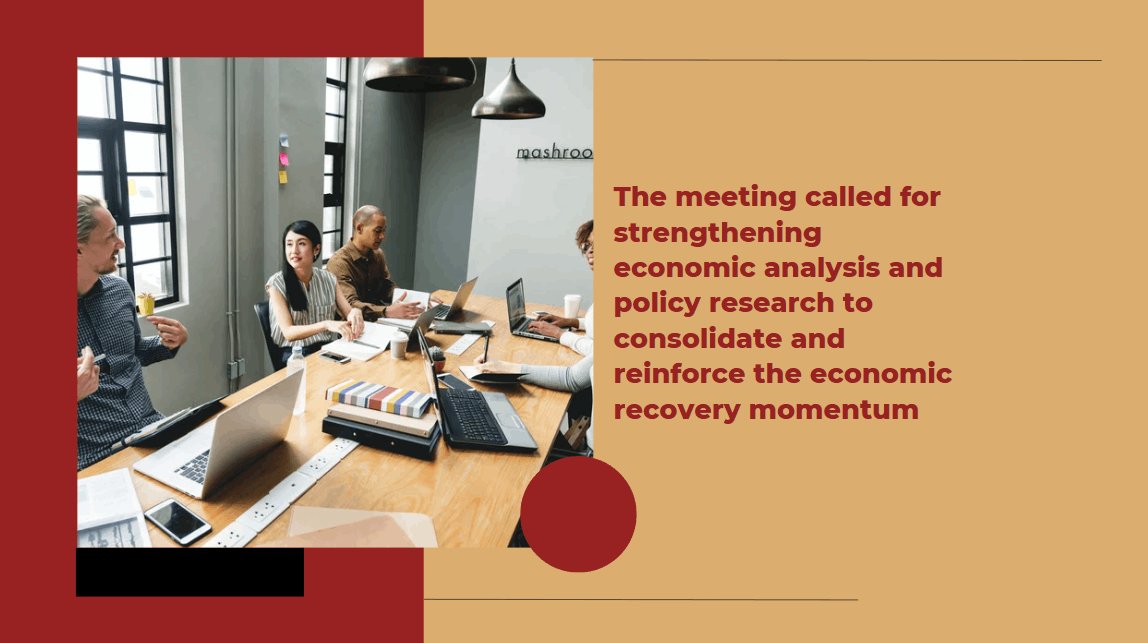
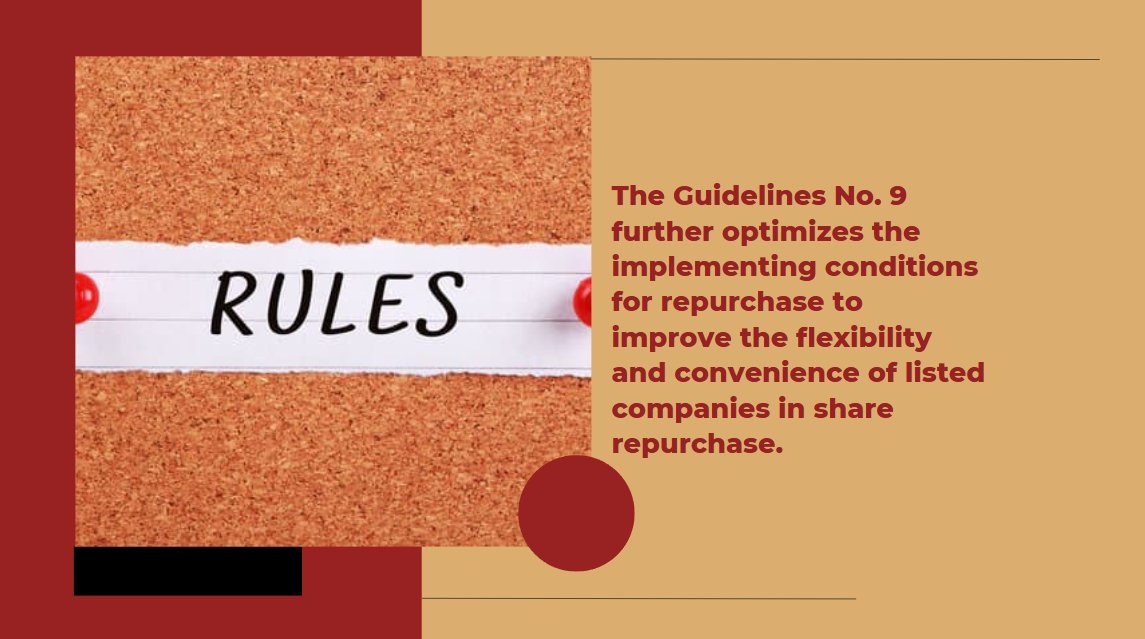

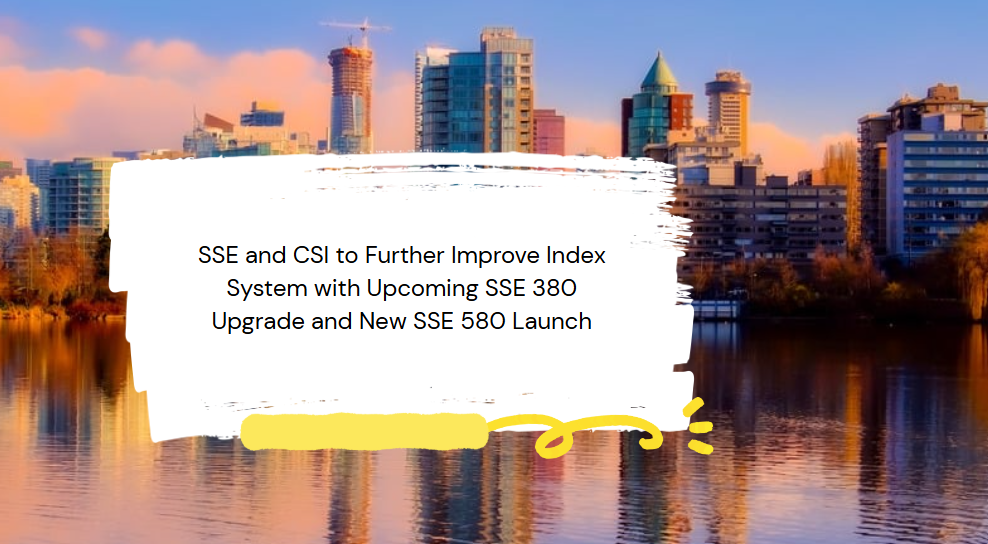













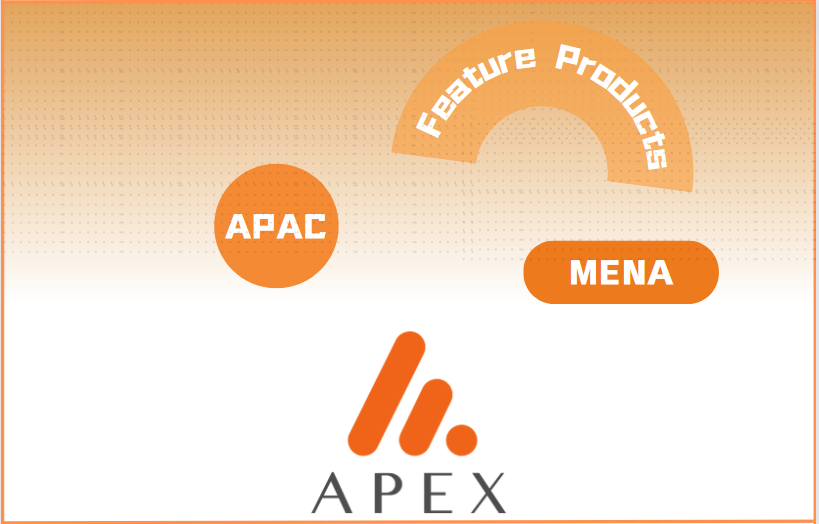
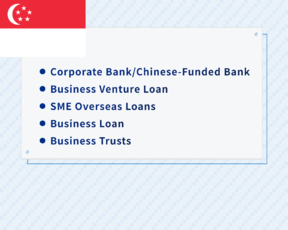

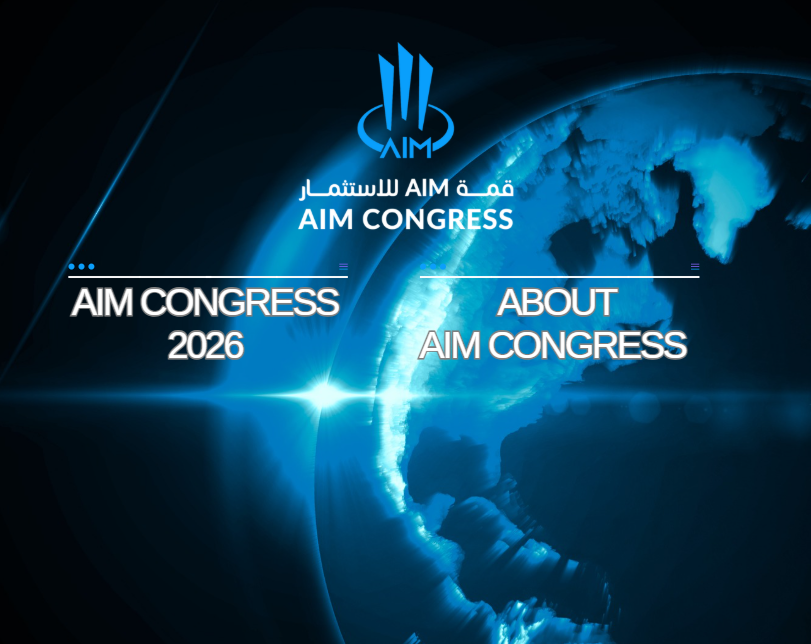












First, please LoginComment After ~